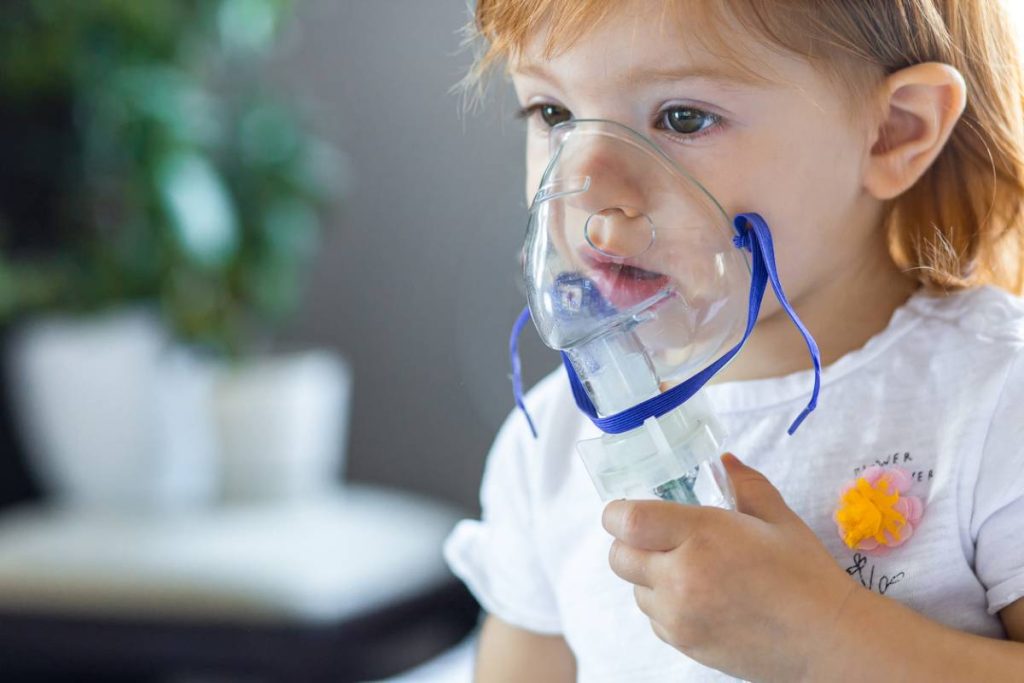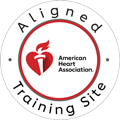Pediatric respiratory challenges are a significant concern for parents, caregivers, and healthcare providers alike. Breathing issues in children can range from mild conditions like a common cold to more severe, life-threatening disorders. Early detection and timely intervention are critical in ensuring better outcomes for young patients. Considering the prevalence of pediatric breathing disorders, understanding key interventions and management strategies is essential for addressing these conditions effectively.

Common Pediatric Respiratory Conditions
Children are particularly vulnerable to respiratory conditions due to their developing immune systems and smaller airways. Common pediatric respiratory conditions include asthma, bronchiolitis, pneumonia, and chronic or congenital respiratory disorders. Each of these conditions presents unique challenges and requires tailored management approaches. For instance, asthma, a chronic inflammatory condition, can cause recurring episodes of wheezing and shortness of breath. Similarly, bronchiolitis, often caused by viral infections like RSV, primarily affects infants and toddlers. Pneumonia, a bacterial or viral lung infection, remains a leading cause of morbidity among children worldwide. Additionally, congenital conditions like cystic fibrosis or congenital diaphragmatic hernia can complicate breathing from birth, necessitating long-term care.
Initial Assessment and Diagnostic Approaches
Effective management of pediatric respiratory issues begins with an accurate and thorough assessment. A comprehensive medical history helps identify potential triggers, familial predispositions, or previous episodes. Physical examination techniques, such as auscultation, allow healthcare providers to detect abnormal lung sounds like wheezing or crackles. Diagnostic imaging, including chest X-rays or CT scans, offers visual insights into structural abnormalities or infections. Pulmonary function tests are particularly valuable in assessing conditions like asthma, as they measure airflow and lung capacity. Additionally, laboratory investigations, including blood tests and sputum cultures, help identify infections or inflammatory markers, guiding treatment decisions.
Pharmacological Interventions
Pharmacological interventions are central to managing many pediatric respiratory disorders. Bronchodilators, such as albuterol, are often used to relax airway muscles, making breathing easier during asthma attacks. Corticosteroids, administered orally or through inhalation, help reduce airway inflammation in both acute and chronic conditions. Antibiotics play a critical role in treating bacterial infections like pneumonia, while immunomodulatory treatments can benefit children with autoimmune-related respiratory issues. Administering medications effectively—whether through nebulizers, inhalers, or oral routes—is crucial to ensure therapeutic success.
Non-Pharmacological Management Strategies
Non-pharmacological strategies also play a vital role in improving respiratory health. Respiratory physiotherapy techniques, such as percussion and postural drainage, help clear mucus from the airways, particularly in conditions like cystic fibrosis. Oxygen therapy is often used for children with hypoxemia, ensuring adequate oxygen levels in the blood. Airway clearance techniques, such as suctioning or using devices like a flutter valve, can alleviate obstructions and improve breathing. Nutritional support is equally important, as well-nourished children are better equipped to recover from illnesses. Environmental modifications, such as reducing exposure to allergens or secondhand smoke, are critical preventive measures.
Advanced Respiratory Support
For children with severe respiratory conditions, advanced respiratory support may be necessary. Mechanical ventilation can provide life-saving assistance in cases where spontaneous breathing is insufficient. Non-invasive ventilation techniques, such as CPAP or BiPAP, offer effective support for children with sleep apnea or certain neuromuscular conditions. Emergency respiratory management protocols are designed to stabilize children during acute episodes, ensuring they receive timely care. Pediatric-specific ventilation strategies prioritize the unique anatomical and physiological needs of young patients, minimizing complications and promoting recovery.
Call Us Now
Get the Best CPR Class in Tampa Today!
Patient and Family Education
Education is a cornerstone of pediatric respiratory care. Teaching children and their families breathing exercises, such as diaphragmatic or pursed-lip breathing, empowers them to manage symptoms during episodes. Identifying and avoiding triggers, like pollen or pet dander, helps prevent exacerbations. Self-management techniques, including proper inhaler use and adherence to treatment plans, foster independence and confidence in older children. Psychological support is equally important, as chronic respiratory conditions can be emotionally challenging for both patients and families. Providing access to counseling or support groups can significantly improve coping mechanisms.
Long-Term Monitoring and Follow-Up
Long-term monitoring and follow-up are essential for children with ongoing respiratory conditions. Periodic respiratory assessments ensure that treatment plans remain effective and allow for early detection of potential complications. Growth and developmental tracking help identify how respiratory conditions may impact overall health and development. Rehabilitation approaches, such as pulmonary rehabilitation programs, are particularly beneficial for children recovering from severe illnesses. As children transition into adulthood, a coordinated approach ensures they continue receiving appropriate care tailored to their needs.
Emerging Technologies and Future Directions
Emerging technologies and advancements in pediatric respiratory care hold great promise for the future. Innovative diagnostic tools, such as portable spirometers and wearable devices, make monitoring respiratory health more accessible and precise. Precision medicine approaches aim to provide individualized treatment plans based on genetic and molecular profiling. Telemedicine is revolutionizing respiratory care by enabling remote consultations, reducing barriers to access, and improving patient monitoring. Ongoing research developments, including new medications and therapies, are continually enhancing the quality of care for pediatric respiratory conditions.
Conclusion
A comprehensive approach to pediatric respiratory health is essential for ensuring the best outcomes for children. Early detection, effective treatment, and ongoing monitoring require a multidisciplinary effort involving healthcare providers, families, and educators. By addressing respiratory challenges proactively and utilizing advanced tools and techniques, we can significantly improve the quality of life for children affected by these conditions. Empowering families with knowledge and access to resources fosters resilience and confidence in managing respiratory issues. Together, we can pave the way for healthier futures, one breath at a time.
Addressing pediatric breathing issues requires prompt recognition and the application of life-saving interventions. By equipping yourself with essential skills such as CPR, you can be prepared to respond effectively during emergencies involving children. Whether you’re a healthcare provider or a concerned parent, knowing to act decisively can make all the difference in saving a life.
Don’t wait until it’s too late—invest in your ability to save lives by enrolling in CPR certification in Tampa today. At CPR Classes Tampa, we offer stress-free, hands-on training in BLS for Healthcare Providers, ACLS, PALS, and CPR and First Aid courses. Our American Heart Association classes are designed to empower you with confidence and competence in critical situations.


